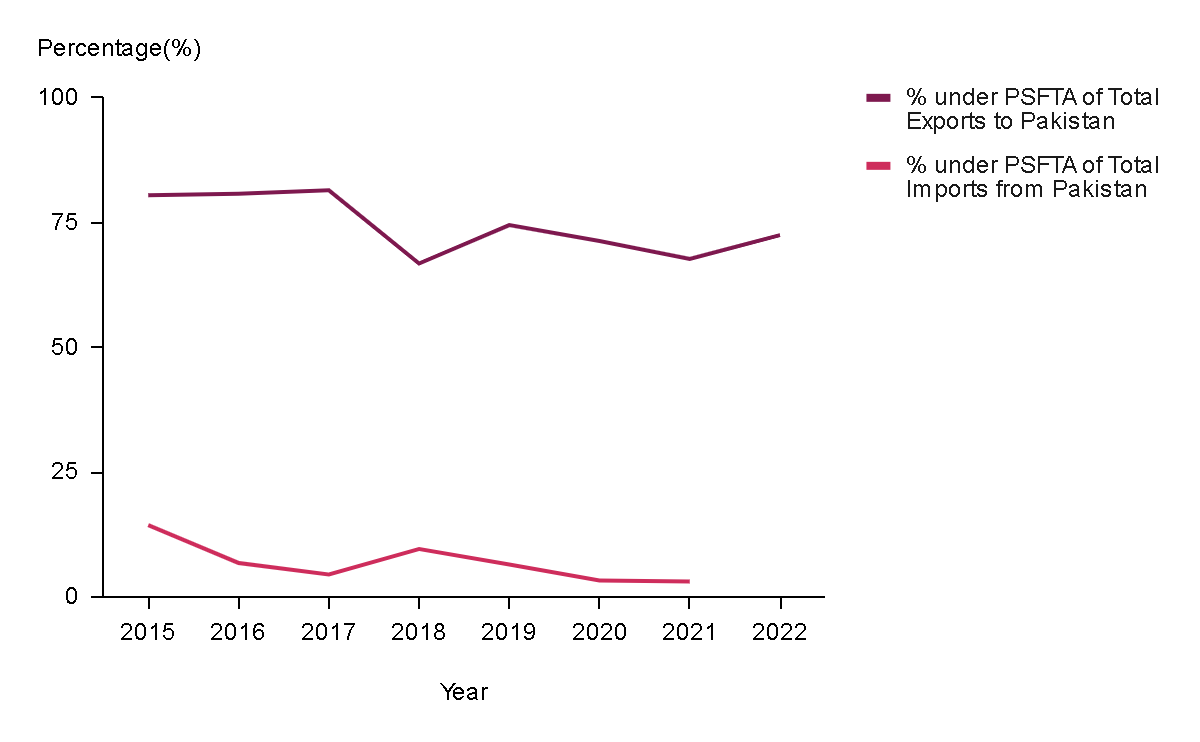By Dhananath Fernando
Originally appeared on the Morning
Whenever there is an election, there is always a conversation about delaying it. Already, Provincial Council Elections and Local Government Elections have been delayed. This was the case in 2004/2005 and again in 2019.
One rationale is that, having just achieved stability after a massive economic crisis, we need more time to complete some structural reforms and ensure political stability. On the flip side, how can we execute any reform without the mandate of the people? Operating without the people’s mandate means political stability is the first thing to go out the window.
After the resignation of the former President, the process of appointing a new President followed a democratic process. While it may not have been perfect, there was a democratic element involved. Political parties with a mandate from the people were able to contest, and the candidate who could command a majority of confidence through votes was given the responsibility to lead the country for the remaining term of the previous President.
Despite its flaws, this democratic element brought political stability, which led to economic stability. With the President’s support from Parliament, it was possible to enter into an agreement with the International Monetary Fund (IMF) and continue discussions with external and internal creditors for debt restructuring. The political stability that came through the democratic element in the power transition process made it possible to achieve some level of economic stability.
Uncertainty and economic growth
However, the same democratic process has clear guidelines on the expiry time of the mandate. If we do not follow this process, the system that brought stability will push us towards instability again.
Delaying or attempting to delay elections often prompts political parties and their supporters to demand elections, creating instability as people seek to test the mandate of the public. Delaying an election in the hope of completing unfinished reforms rarely works as planned.
Moreover, postponing elections increases uncertainty. Even holding an election carries some uncertainty, but postponing it intensifies this uncertainty. The biggest enemy of any economic development is uncertainty.
After debt restructuring, the only way out for the country is economic growth. According to agreements with bondholders, we start repaying our interest from September onwards. A year of uncertainty will hinder even the small growth potential we have.
For economic growth, we need investments, and in an uncertain economic environment, attracting investments will be difficult. Falling behind our growth targets due to political uncertainty will challenge our debt repayments and credit rating updates.
International support may not be as easy to secure if the legitimacy of the Government is questioned over a delayed national election. It is true that elections themselves have an element of uncertainty. Especially post-Presidential Elections, if Parliamentary Elections result in fragmented party compositions, we risk returning to a scenario similar to President Chandrika Bandaranaike Kumaratunga’s era, with a Coalition Government barely holding a majority.
Passing bills during a time when growth and structural reforms are needed could face resistance and pushback, leading to maintaining the status quo rather than shifting gears for growth and development.
Having a majority or even two-thirds power does not guarantee that all decisions will be right or fast. As we witnessed, a two-thirds majority Government was short-lived due to misguided economic policies. However, a diluted majority will also bring instability and frequent power changes, causing things to go back and forth.
The solution: A common reform programme
If we think about the country and the people, the only solution is a common minimum reform programme where parties agree on a baseline level of reforms. This ensures that regardless of who comes to power, progress continues. The common minimum programme can start with implementing the IMF Governance Diagnostic, which has recommended significant structural reforms for fiscal, monetary, anti-corruption, and State-Owned Enterprise (SOE) sectors.
If we can at least implement the IMF Governance Diagnostic Report as a common minimum programme, even in case of a drift, it will be slow. Delaying elections, however, will accelerate the drift and slow down existing reforms and growth.
The real challenge will be for whoever comes to power next. If the next government cannot drive economic growth through improving productivity, investment, and efficiency, another collapse is inevitable. A common agreement on reforms is required because the common people care less about who rules the country and more about how their future and standard of living will improve.











